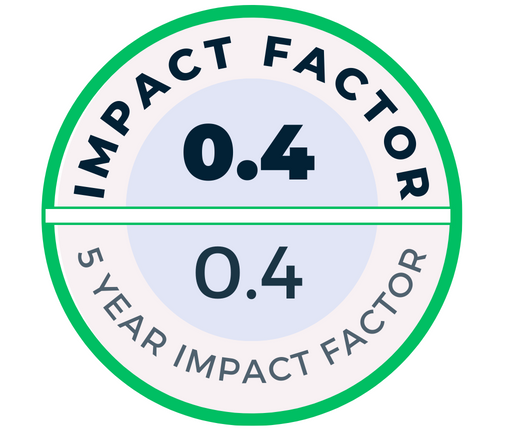This study aimed to investigate the role of seasonal environmental variations in oocyte growth, oocyte maturity stages, and reproductive capacity of Sparus aurata. To model this in the field, two groups of fish were placed for a 1-year period at two depths: 0-2 m and 10-12 m. Environmental parameters such as temperature, salinity, pH, dissolved oxygen, and water transparency were monitored, and oocyte number was estimated using standard gravimetric techniques. Oocytes were categorized as primary, cortical alveoli, vitellogenic, hydrated, and atretic and were analyzed according to their shape and diameter. Oocyte maturation period was found to initiate in September and peak in November. During this process, the oocytes appeared to shift from more irregular to elliptical shape. Differences in the oocytes of the two groups, mainly concerning the higher vitellogenic and atretic oocyte number of the 10-12 m group compared with the 0-2 m, supported with gonadosomatic index and hepatosomatic index, might reflect the light intensity and temperature effects. Moreover, using the principal components analysis, we observed a possible link between the environmental temperature and light and the onset of spawning. Findings of this study provide a better understanding of S. aurata breeding pattern and may benefit the management of this highly commercial species.
Cite this article as: Feidantsis, K., Ntokou, A., Michaelidis, B., 2020. Effect of Seasonality on Oocyte Growth, Oocyte Maturity Stages, and Reproductive Capacity in the Gilthead Sea Bream (Sparus aurata) in Relation with Depth. Acta Vet Eurasia 2020; 46: 87-97.


.png)


.png)